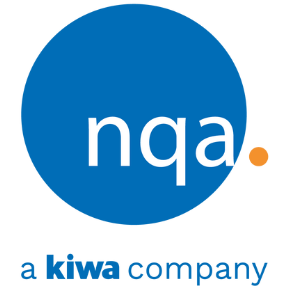Guide to ISO 50001
Are you looking for a way to reduce your organization's energy use? Consider implementing ISO 50001:2018, the energy management standard from the International Organization for Standardization.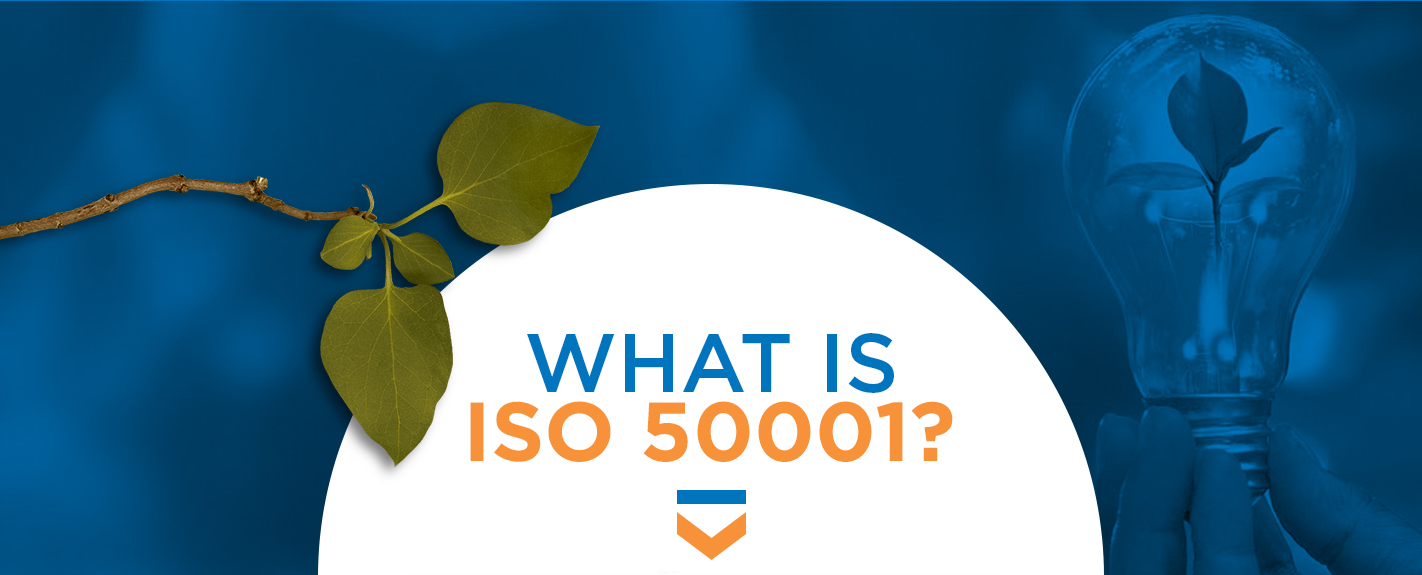
What Is ISO 50001?
ISO 50001 offers a framework that organizations of all sizes and sectors can use to establish best practices for energy management. Organizations can use this framework to help them manage, monitor and maintain their energy performance by controlling their energy consumption and enhancing their operational efficiency. ISO 50001 emphasizes continual improvement and can support an organization in reducing energy-related costs and their environmental impact.
The standard helps organizations to create systems and processes that enable them to enhance their energy performance by improving their energy efficiency, usage and consumption. It also assists organizations in establishing an energy management system (EnMS). An EnMS is a system, including the processes, metrics and responsibilities, that helps an organization achieve energy-related goals. This system should be based on established best practices and address all aspects of power consumption and monitoring.
ISO 50001 includes requirements for measurement, documentation, reporting, procurement and equipment design processes related to energy management. Organizations can use the framework that ISO 50001 provides to develop a policy for improving energy efficiency and to set targets and objectives that help them meet these policies. They can also use it to make decisions about energy use that incorporate the use of data. The ISO 50001 standard can also help organizations to measure the results of their energy initiatives, review the effectiveness of their energy policy and continually improve their energy management.
An EnMS established using ISO 50001 will be based on the Plan-Do-Check-Act (PDCA) framework for continual improvement. The framework is designed to allow the organization to incorporate energy management into existing organizational practices.
The International Organization for Standardization published ISO 50001:2018 on August 21, 2018. The previous version was ISO 50001:2011. Organizations that are already certified to the 2011 version must transition to the 2018 version by August 20, 2021, if they wish to maintain their certification. ISO technical committee ISO/TC 301, Energy management and energy savings, developed ISO 50001: 2018.
Certification to ISO 50001 is not obligatory, but many organizations decide to seek certification because of the benefits it provides or to demonstrate to external parties that they have an energy management system in place.
What Is A Management System?
ISO 50001 utilizes the management system model of continual improvement that ISO also uses for other standards, such as ISO 14001 and ISO 9001. A management system is, according to ISO, the way an organization manages the various parts of its operations to reach its objectives. For ISO 50001, those objectives include improving energy efficiency.
ISO management system standards (MSS) define steps that organizations implement to achieve their objectives, helping them to improve their performance. They also help with the creation of a culture of continuous self-evaluation and improvement by increasing employee awareness and commitment from company leadership.
The complexity of the system used depends on the situation of the organization. For smaller businesses, the system may be relatively simple. Larger ones or those in highly regulated sectors may require more extensive controls and documentation to meet their objectives and legal requirements. Audits are an essential part of this continual improvement and the overall management system approach.
Benefits Of ISO 50001
Many organizations pursue ISO 50001 certification because of the many benefits it can provide for the organization, as well as to other stakeholders. Here are eight of these benefits.
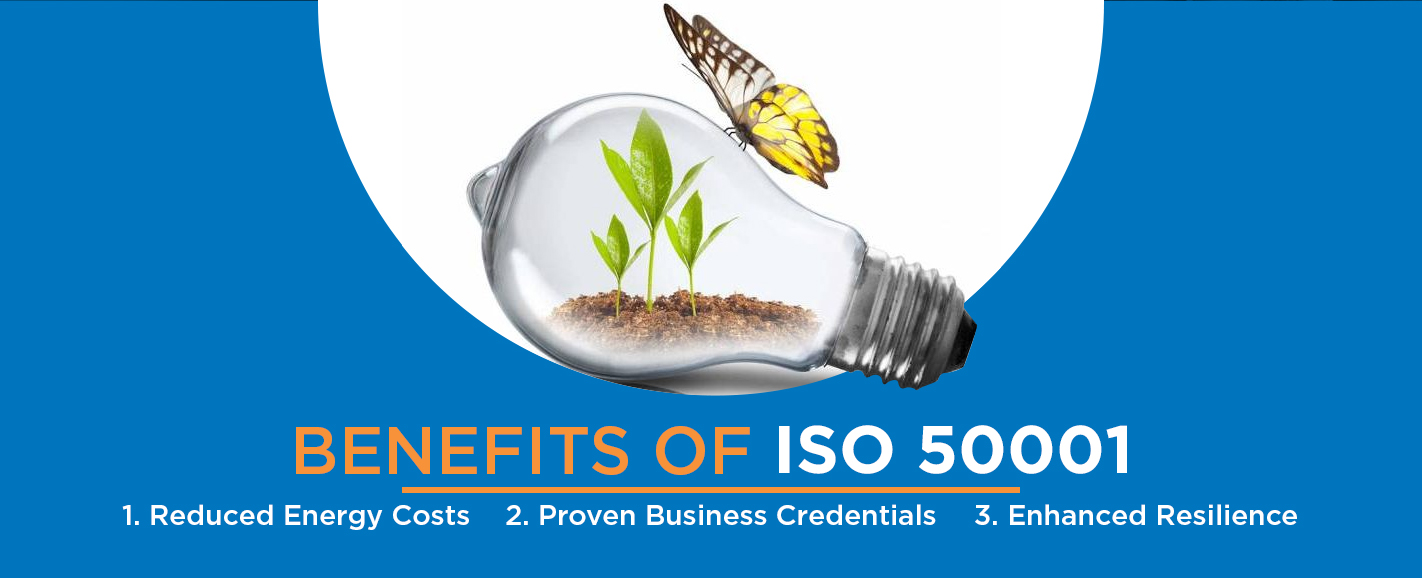
1. Reduced Energy Costs
An EnMS helps an organization assess how it's using energy and identify opportunities for reducing energy consumption. It also assists in implementing controls for managing energy use and improving energy efficiency. Reducing waste and energy use leads to lower costs for energy. For businesses that use large amounts of energy, this can result in significant savings.
2. Proven Business Credentials
ISO 50001 is an internationally recognized standard. Organizations and individuals from all over the world understand its value. When someone sees that an organization is certified, their trust in that organization will increase. They know the organization has taken steps to improve its energy performance and that a third party has audited its processes.
3. Enhanced Resilience
Energy prices, as well as availability, can fluctuate. When an organization reduces its energy use, it becomes less reliant on energy providers and less susceptible to cost increases of energy. ISO 50001 helps organizations to improve their energy planning, which also makes them less vulnerable to risks.
4. Reduced Environmental Impact
Using less energy helps to lessen an organization's environmental impact. It helps to conserve resources and, if reducing fossil fuel consumption, helps to decrease emissions that contribute to climate change. This is why ISO 50001 has been discussed as an important tool for climate action by organizations such as Clean Energy Ministerial, a global forum that aims to promote clean energy.
5. Improved Reputation
Certification to ISO 50001 can improve an organization's reputation among customers, suppliers, investors and other stakeholders. The reduction in environmental impact, energy cost savings and enhanced credibility that result from achieving certification to this standard can also contribute to this improved perception.
6. Ability To Win More Business
This improved reputation may lead to more business opportunities. Some organizations require specific certifications before they will work with a company. Energy management certification can also give an organization an edge over its competitors. In both situations, ISO 50001 can help the organization to win more business.
7. Assistance With Legal Compliance
ISO 50001 requires that you take legal requirements into account when setting up your EnMS and comply with all regulatory requirements. It also helps you with the required reporting related to compliance. This reduces the risk of fines and prosecutions and can also reduce insurance costs.
Having an EnMS in place also helps a company to adjust more quickly to changes in legal requirements. Certification to ISO 50001 can, for example, help organizations ensure compliance with the Energy Savings Opportunity Scheme (ESOS), an energy assessment program that is mandatory for certain large organizations in the United Kingdom.
8. Assistance With Meeting Environmental Targets
Many organizations are also setting environmental goals, such as energy efficiency or clean energy targets, that are not required by law. Certification to ISO 50001 can help organizations reach these goals and track their progress toward achieving them. Having an EnMS can also make an organization more prepared to adopt such targets or to update their objectives in the future.
Who Does The Standard Apply To?
ISO 50001 is applicable to any organization that uses energy no matter what sector they operate in. It applies to organizations of any size, type, complexity, location and organizational culture.
It applies to all the activities related to energy performance that the organization manages and controls. Organizations can use it regardless of the quantity and type of energy they use and the purposes for which they use it. ISO 50001 requires continual improvement related to energy performance, but it does not define the levels of energy performance that an organization must achieve.
The standard is also designed to allow organizations to use it on its own or integrate with existing management standards. The company can also use the EnMS on its own or alongside other management systems.
The Standard's Relationship To ISO 14001
ISO 50001 has some similarities with ISO 14001, another standard from the International Organization for Standardization. ISO 50001 can either be used on its own or in conjunction with ISO 14001.
ISO 14001 has a broader scope than ISO 50001. ISO 14001 provides a framework for understanding an organization's broad environmental impact, while ISO 50001 deals specifically with energy consumption. ISO 50001 helps organizations to define concrete sustainability goals, while ISO 14001 focuses more on qualitative processes.
ISO 14001, however, helps organizations to establish an environmental management system. This can provide a foundation on which to build an EnMS. An organization that has already achieved certification to ISO 14001 can more easily become certified to ISO 50001 because a framework is already in place. If an entity already has ISO 14001 certification, they can conduct a gap analysis to determine what they need to do to achieve ISO 50001 compliance.
How To Become Certified
If an organization is not already certified to ISO 50001:2011, the process of achieving ISO 50001 certification will include the following three steps.
1. Application
The first step of the process is to fill out an application form. This will help us understand your company and your requirements, define the scope of the necessary assessment and provide a proposal for energy management certification.
You can either fill out a quick quote form or a formal quote request form. Filling out the quick quote form will enable us to give you a cost estimate for certification. The formal quote form allows us to provide you with a more official quote. If you sign the formal quote, you can proceed with certification.
2. Assessment
The next part of the process is the assessment stage. First, you will book your assessments with an NQA assessor. The initial certification audit consists of two required visits. Before beginning the initial certification audit, you must be able to show that your management system has been operational for at least three months and that you've completed a management review and a full cycle of internal audits.
Stage 1 Assessment
The stage 1 assessment serves to confirm that the organization is ready for the full assessment. It consists of a documentation review assessment. During this stage, the assessor will check that the information submitted during the application is accurate and that the management system conforms to the standard's requirements. This stage also includes confirming the implementation status of the management system, the scope of certification and legislative compliance.
If the stage 1 assessment uncovers any non-compliance or opportunities for improvement, the organization and assessor will agree upon a corrective action plan. If the organization passes the assessment, a stage assessment visit will be scheduled, and a stage 2 assessment plan will be established.
Stage 2 Assessment
During the stage 2 assessment, the assessor will check that the EnMS conforms fully to the requirements of ISO 50001. During this stage, the assessor will use objective assessment to document how the system complies with ISO 50001 and perform sample audits of the relevant processes and activities. If necessary, the evaluation will also include visits to any remote locations or additional sites and evaluations of any remote activities.
3. Certification
Once you complete the initial certification audit, we will make a certification decision. If the decision is positive, we will issue certification. If the assessor finds any major non-conformances, we cannot issue certification until we verify that corrective action has been taken. If this is not completed within six months, you must undergo a further stage 2 assessment.
Surveillance Audit
To maintain certification, you must undergo annual surveillance audits and a recertification audit every three years. Surveillance audits ensure that the organization maintains compliance with the standard during the three-year certification cycle. During the surveillance audit, the organization must demonstrate continual improvement. If aspects of the business change during the three-year period, the organization may need to adapt its EnMS.
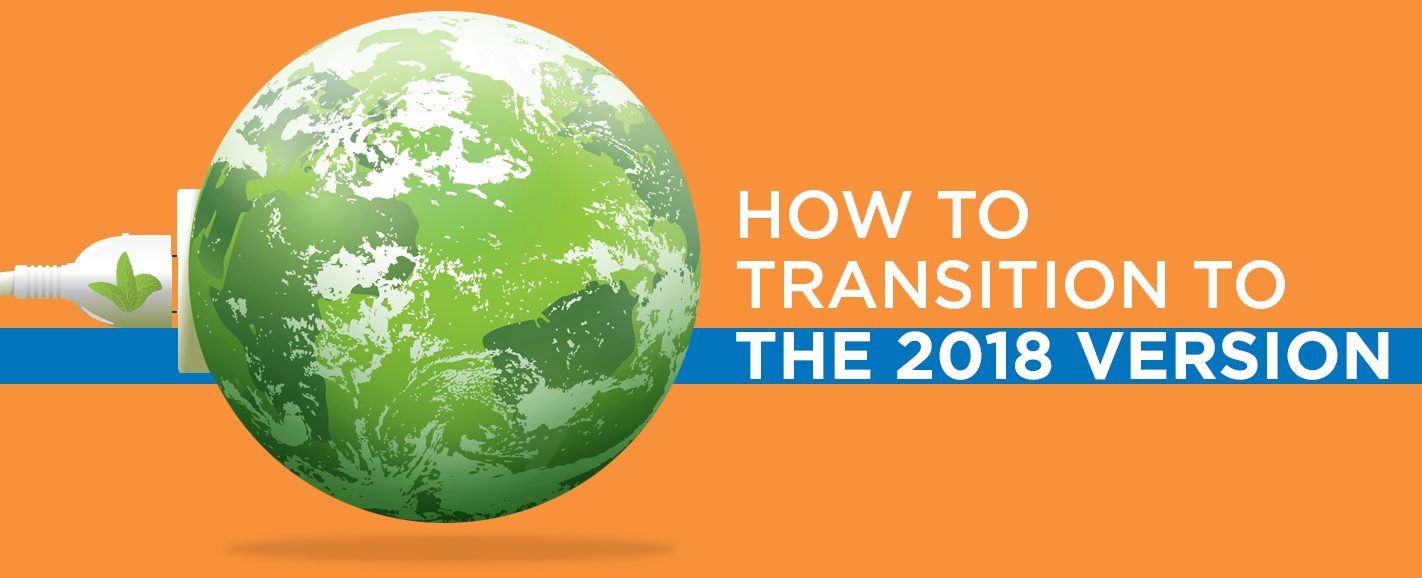
How To Transition To The 2018 Version
Organizations certified to ISO 50001:2011 will need to transition to the 2018 version of the standard by August 21, 2021. All certifications to ISO 50001:2011 will expire on that date. You can transition your certification at a surveillance or recertification audit. If your ISO 50001:2011 certification expires before you can fully transition to the 2018 standard but before August 21, 2021, you may be re-registered to ISO 50001:2011.
Companies with an ISO 50001: 2011 certification already have the foundations of the system needed for certification to ISO 50001:2018 in place but will need to make some updates to their management system to stay in compliance. Once it can be shown that an organization has fully met the new standard's requirements, NQA will issue a certificate for ISO 50001: 2018.
To transition from ISO 50001:2011 to ISO 50001:2018, a company should ensure that all relevant staff members understand the changes in the new version of the standard. The organization should also complete a gap analysis to determine what changes are required to achieve compliance, establish an implementation plan and conduct internal audits and management review to assess the effectiveness of implementation.
Changes In The 2018 Version
The primary differences in the 2018 version of the ISO 50001 standard serve to align it with Annex SL, the high-level structure ISO now uses for all management system standards. This new structure is designed to make it easier for an organization to comply with multiple standards.
Other changes include the use of environmental performance indicators (EnPIs) and associated energy baselines (EnB), clarifications of the requirements for energy data collections plans and a greater focus on how the standard applies to small and medium-sized businesses.
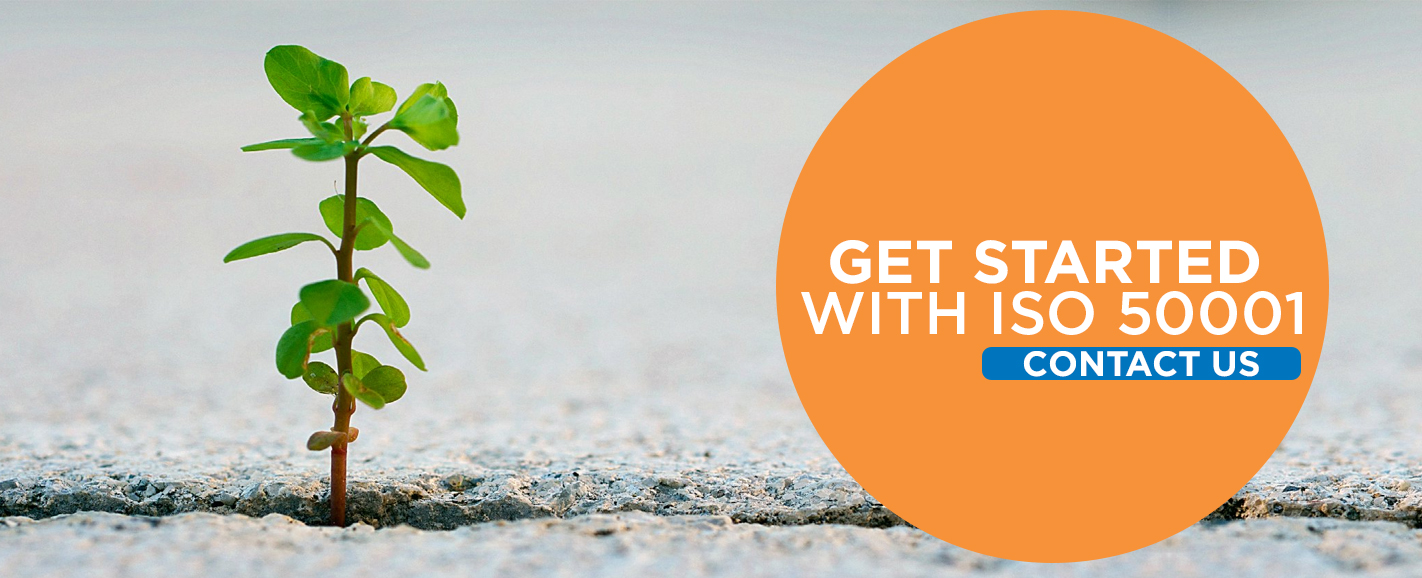
Get Started With ISO 50001
Certification to ISO 50001 provides various advantages, including reduced energy consumption, improved environmental performance and enhanced credibility. Any organization that wants to improve its energy performance can benefit from this standard.
NQA provides accredited certification, as well as training and support services, that can help you to improve your organization. To learn more about the role we can play in your certification to ISO 50001, browse the rest of our website and contact us with any questions. To get started with improving your energy performance, request a quick quote today.
